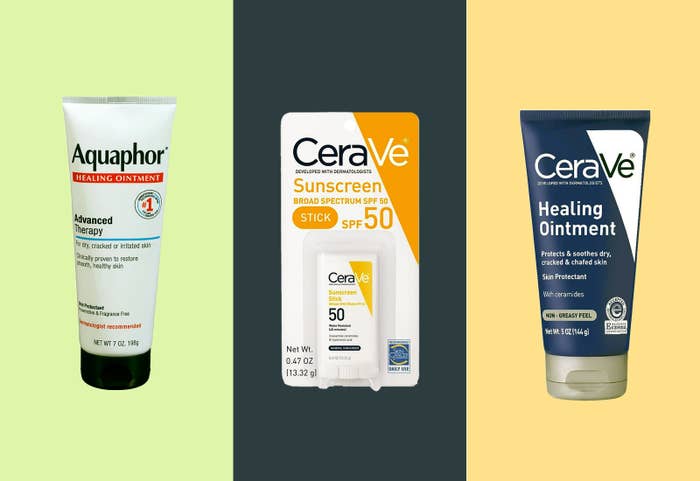
BuzzFeed may collect a share of sales or other compensation from the links on this page if you decide to shop from them. All products were independently selected by our editors, and the prices were accurate and items in stock at the time of publication.
It’s tempting to pick at your skin, especially when it’s itchy, painful, or there are blemishes begging to be popped. Unfortunately, that’s the exact kind of behavior that leads to scarring.
“Behavioral things like bringing the fingertips or any sort of tool to your skin and breaking the surface of the skin will make things much more likely to scar over,” said Dr. Evan Rieder, a certified dermatologist and psychiatrist at NYU Langone Health.
While there’s a chance for acne scars, injury, and even surgical scars to be mitigated, scarring from monkeypox, chicken pox, and any other infections caused by this family of viruses may be inevitable.
Rieder’s best advice if you don’t want scars is to take measures to avoid getting pox infections in the first place, which may involve looking into a vaccine, especially if you’re in a high-risk group or have high-risk contacts.
For something like monkeypox, there are also steps you can take once you’ve been exposed. Rieder suggested that those who are immunocompromised or in high-risk groups in particular get immediate medical attention and ask about postexposure vaccination or treatments that can help reduce the symptoms. There are also some medications, like tecovirimat (Tpoxx), being made available on a limited basis that can help ward off severe symptoms.
Try not to scratch skin lesions
“If things are itchy or you're afraid there's something infectious, obviously you want to get a medical evaluation and see if there are any prescriptions that are required, like antibiotics, like topical steroids that can sometimes decrease itchiness and inflammation and make it less likely that a lesion is going to be manipulated by you,” he said. “The most important thing, as itchy as some of them may be, is to not scratch them.”
Prescription-strength topical steroids are the best thing for itching, according to Rieder, but the less potent over-the-counter hydrocortisone is a good place to start. It has anti-inflammatory properties, but it’s not something you want to put on your skin if there’s any concern of true infection.
Cortizone 10 Maximum Strength Hydrocortisone Cream
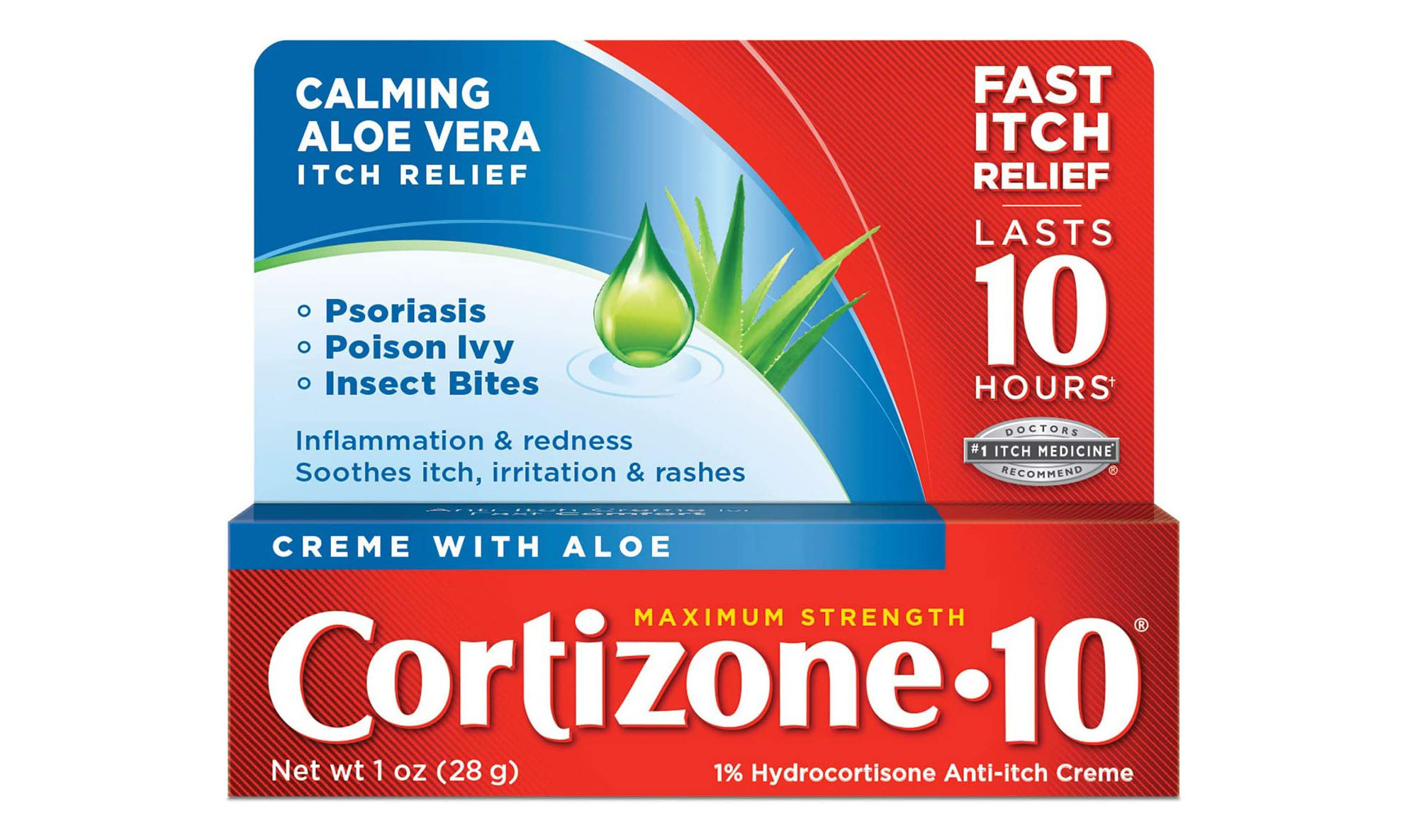
Promising review: “As someone with sensitive skin who gets redness and itchy from body products. This have help me alot and when I have redness on my legs. I use this after bathing and it helps alot with itch and redness.” —jackie orozco
You can buy Cortizone 10 Maximum Strength Hydrocortisone Cream from Amazon for around $5.
Minimize your sun exposure
Anything that’s inflamed on the skin or engorged with blood vessels may be more susceptible to sun, Rieder said, so you want to have as much sun protection as possible.
“Things that are inflamed may be more likely to take on ultraviolet and invisible light and deposit pigment, leaving stains on the skin, or discoloration, without real true scarring,” he said. This discoloration can make it more difficult to return to your normal state of pigmentation, which is why it’s best to avoid the sun as much as possible where there’s been any skin trauma and wear a broad spectrum sunscreen with high SPF while you heal.
If you have highly reactive skin or skin of color, a sunscreen with a tint will likely work best for you. However, if you have sensitive skin and don’t mind a potential whitecast for the sake of protection, this noncomedogenic sunscreen stick is safe to use anywhere and easy to reapply as needed for extra coverage where you need it most.
CeraVe Sunscreen Stick
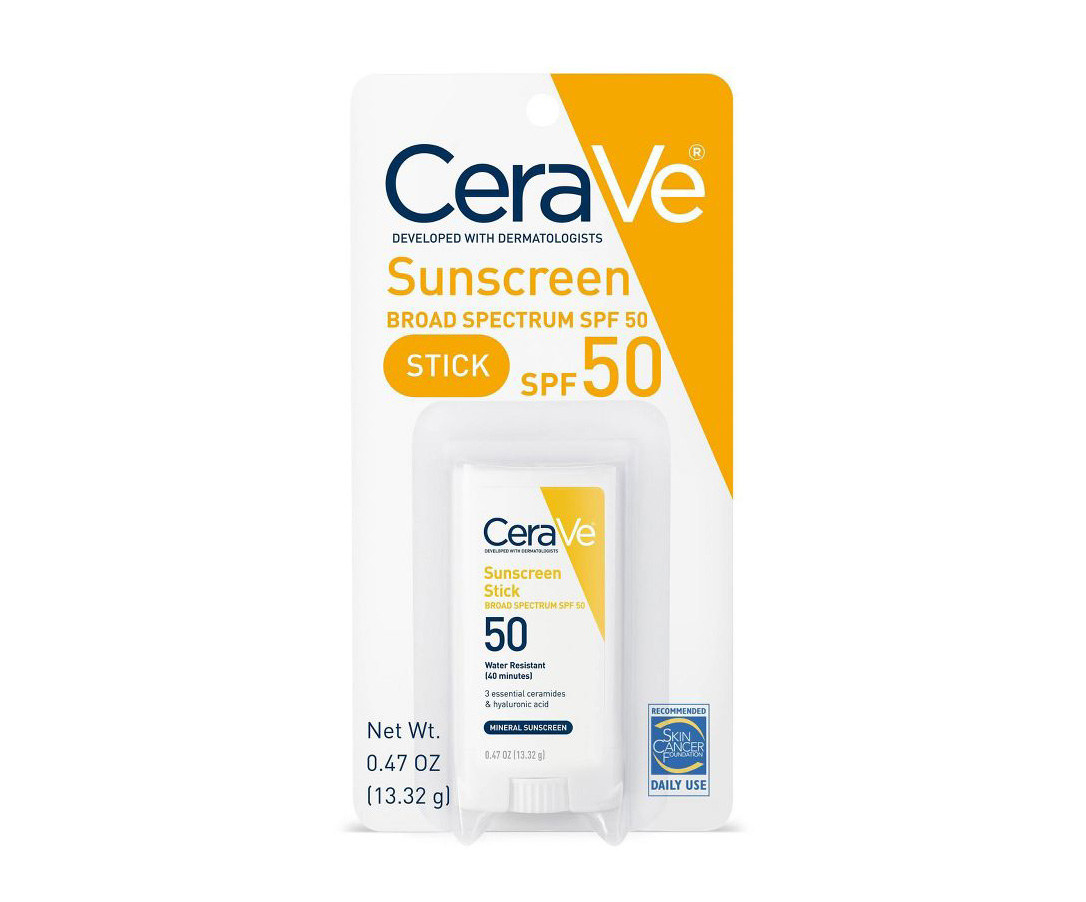
Promising review: “Absolutely love this sunscreen stick. It’s very gentle on my skin. Doesn’t irritate my skin or burn.” —vanessac366 via Target
You can buy CeraVe Sunscreen Stick—SPF 50 from Target for around $9.
Stay hydrated
When it comes to any broken skin, keeping things moist is much better for healing than letting it dry out.
“We’re very old school when it comes to doing things to repair a broken barrier,” Rieder said. “We don’t want to add too many ingredients that could cause irritation or allergy to the skin, so we really want to do whatever is possible to maintain that skin barrier in the most inert way.”
Emollients, like the petrolatum base of your classic Vaseline and Aquaphor, are the “mother of all skin barriers” to lock in moisture and help the skin heal itself. Simply applying Aquaphor to skin lesions can help them stay hydrated while they heal, which will ideally avoid scabbing or help scabs heal fully.
Aquaphor
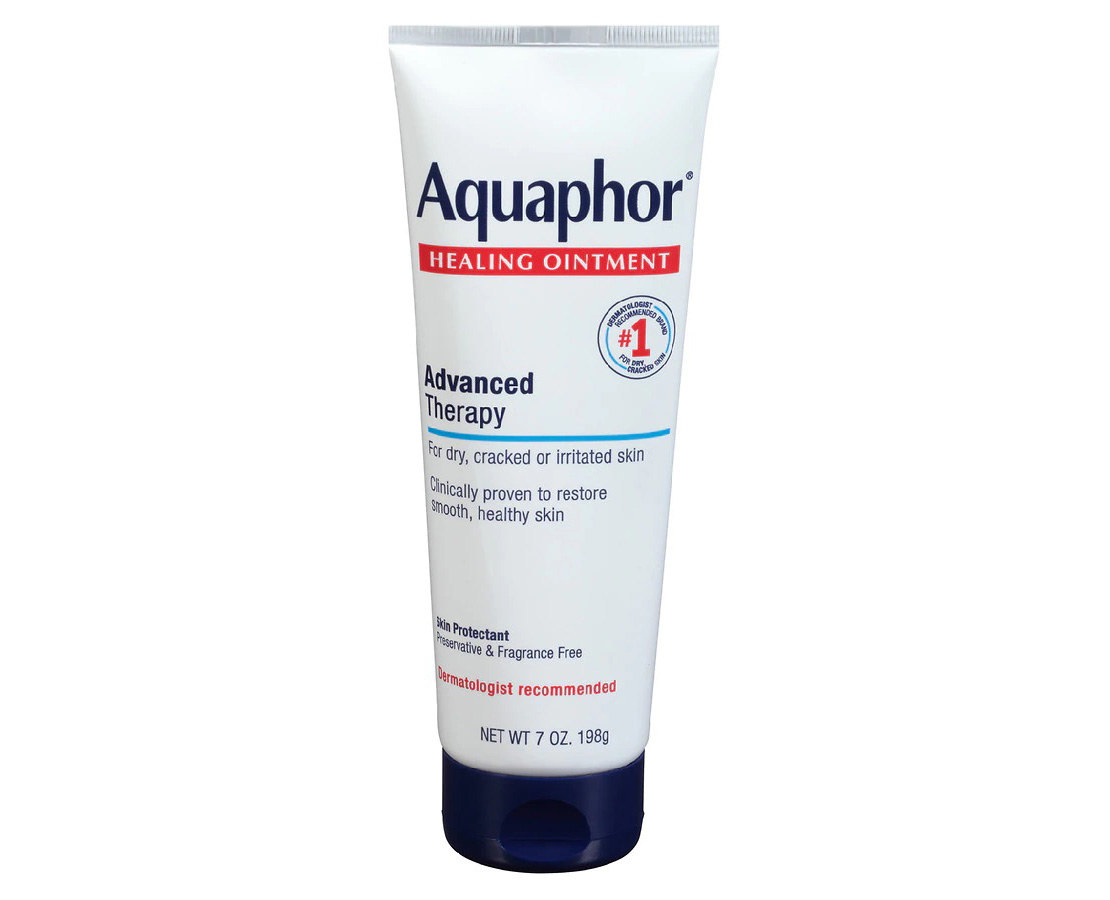
Promising review: “I have horrible, dry, cracked feet that bleed. I put this on at night and I wake up in the morning and it’s pretty much healed overnight! I’ve used almost everything under the sun, nothing works as well as this product.” —Anonymous via Walmart
You can buy Aquaphor from Walmart for around $10.
While petrolatum is likely fine to use as a spot treatment on your face, it can clog pores and lead to breakouts if used in large amounts. So if you have broken skin or blemishes in a larger surface area on your face, Rieder suggests something noncomedogenic with ceramides, like this CeraVe ointment.
CeraVe Ointment

Promising review: “Had a keratosis frozen off my lower lip. I was given a small sample jar of CeraVe. After the scab fell off, It did a much better job than using Chapstick to keep the area moist and it promoted the healing very well, noticeably so.” —Jeffrey C.
You can buy CeraVe Healing Ointment from Amazon for around $11.
What to do to treat healed scars
As Rieder explained, the whole grouping of pox viruses is known to cause scarring and sometimes it can be inevitable. But once the active period is over — when the itching has subsided and the lesion has healed but there’s still some inflammation or raised skin — silicone sheeting is a great option to reduce scarring.
“This is the biggest thing that you can do at home to minimize scarring, which is textural changes, and minimize discoloration, which is the flat change of the skin where there is pigment,” he said.
Aroamas Professional Silicone Scar Sheets
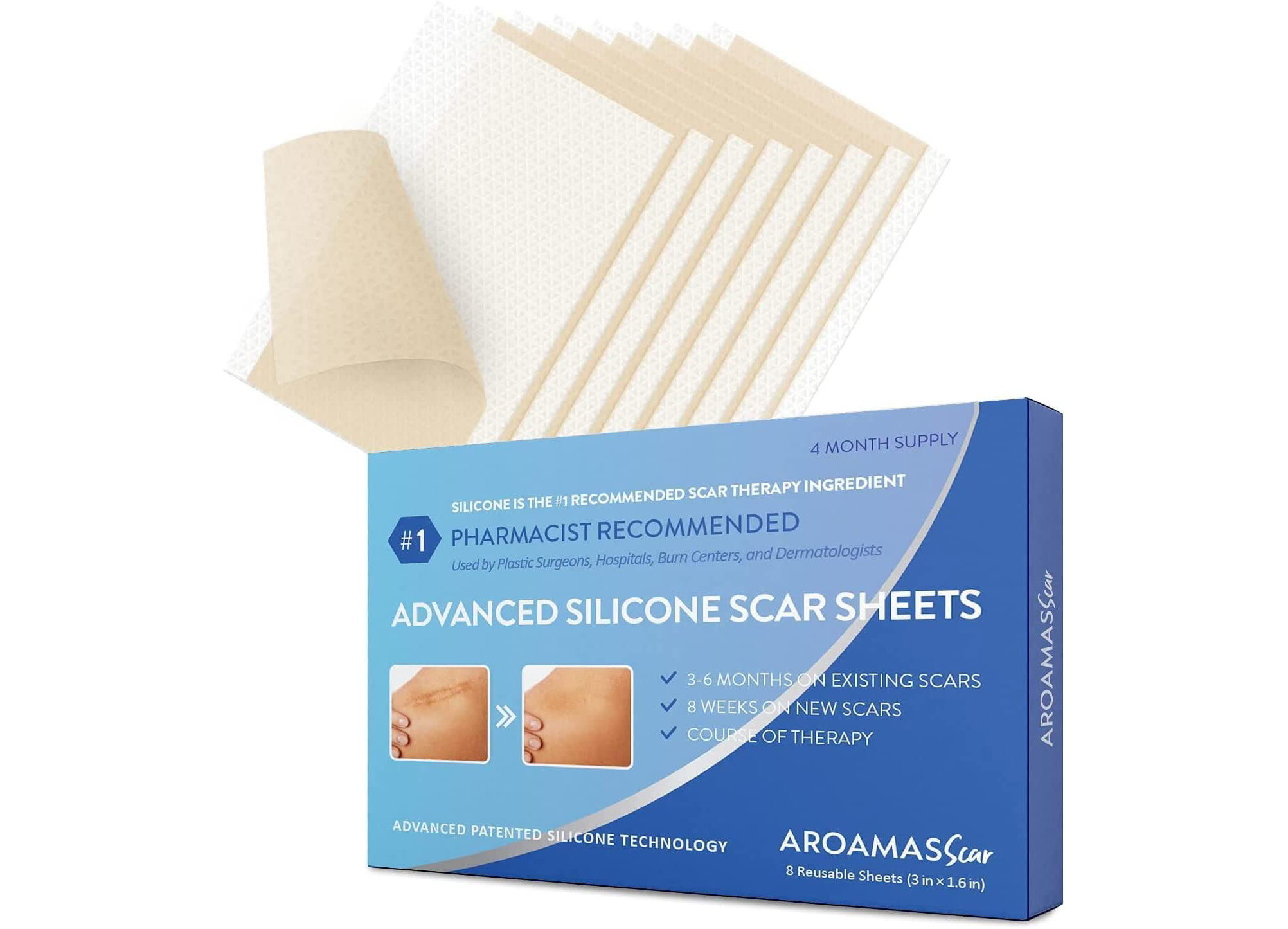
Promising review: “Used the patch for a healing scar along my nose. They’re super easy to use and the patches stick on pretty securely even on hot days. Five stars!” —Dawn Denisio
You can buy Aroamas Professional Silicone Scar Sheets from Amazon for around $20.
Despite your best efforts, it’s possible that you’ll be left with scars from acne, injuries, surgery, or an infection like monkeypox that over-the-counter remedies won’t fix. In that case, there are things your dermatologist can do in the office if you have the means and access.
Rieder mentioned microneedling procedures and laser treatments to resurface the skin and remove redness or pigment. So if these tips and drugstore products don’t get you to where you want to be, there are other options to get you back to feeling comfortable in your skin. ●
